20 Plastering tips
As a plaster industry specialist, we are determined to make life easy for plasterers.
Following on from our comprehensive guide to machinery for plastering, this blog post will advise on the tools and techniques to aid the plastering process.
This blog post is the top 20 tips for DIY plasterers and plastering professionals.
Tools and equipment
Before you start it is important to prepare yourself with the right tools. These are a stainless steel plastering trowel, a bucket trowel, a hawk board, a mixing device – whether this is a forced action mixer or paddle mixer and bucket – and a water brush.
The SoRoTo 40L Forced Action Mixer is a super portable mixer that can be taken where it is needed. Weighing just 64kg it is easy for one person to move. It can mix plaster in a matter of minutes without the need for human effort, saving labour time and energy.
Assembling the correct equipment and know-how in advance means that the job is seamless, providing better finished results.
Here are 20 tips:
Top tips for plasterers
Tip 1: Use clean equipment
The first tip is to clean the equipment as you go along. Although this may sound over the top it is vital to have clean buckets, tools and equipment to ensure that the plaster does not go off and it gives a better finish that lasts. It is also recommended as dry plaster is a nightmare to remove from tools and can cause drags in the plaster finish on the next job.
Tip 3: Mixing the plaster and the water
If mixing using a paddle mixer, whisk and bucket then it should be undertaken by adding plaster to the water and not the other way around.
Tip 4: Making a lump free mixture
The mix should be created by adding just enough plaster first to make a heap on top of the water and mix it using the paddle mixer so that it is lump-free. Once complete add the plaster in order to get the correct consistency either with a wooden stick or mixer drill.
Tip 5: Creating the right quality mix
The plaster and water mix together as roughly a 50:50 mix. In other words, half a bucket of water should make a full bucket of plaster. The plaster should be the consistency of melted ice cream – try standing a stick in the plaster bucket – if it can stand up, the plaster is mixed perfectly.
Tip 8: Applying a good plaster finish
A good plaster finish can be achieved with a combination of confident firm pressure and the correct angle of the trowel. Don’t try and get the surface perfect in the first coat as it can take time and lead to the plaster drying out before it is done. Should imperfections occur they can be ironed out in the later stages.
Tip 9: Using a trowel on the plaster
When the trowel is first applied to the ceiling or wall, start with one edge of the trowel angled away from it. As the plaster on the trowel gets less and less with movement, the angle between the trowel and the surface gets smaller. Watch out for spillage when the angle of the trowel changes.
Tip 10: Where to stand
When doing the ceiling, don’t stand directly underneath the trowel. This can be dangerous as plaster can end up in the person’s eye. Don’t go into the edges between the ceiling and wall straight away – this can help to avoid lumps of plaster clumping in the corners.
Tip 12: When to "trowel up"
After the first two coats, the ‘troweling up’ process can begin. This is the perfect time to fill in all the holes, removing the trowel marks and making it smooth. Assess that the plaster is tacky and pliable enough to push the plaster into the holes and not so wet that it makes new holes.
Tip 13: Watch for the plaster darkening in colour
The plaster will darken in colour which will mean that it is ready for the final trowel. Do not over polish the plaster on the final dry trowel stage. It should be even and slightly polished but feel like an eggshell. If it is any smoother, it makes paint and wallpaper difficult to stick to.
Tip 14: Choose the right plastering tools and know-how
Before starting the task, ensure you have the right plastering tools and equipment to hand. Know-how is also essential. An absence of any of these could interrupt the task and be detrimental to the end result.
Tip 16: Look after the trowel
The trowel is a fundamental part of a plasterer’s toolkit. Ensure that it is clean, rust-free and the correct type. Get in touch with our team for help choosing the right plastering trowel for your needs.
Tip 17: Choosing the right size
For beginners, it is recommended choosing an 11″ finishing trowel. While a larger-size trowel can cover an area faster and may be more suitable for professionals, these are also harder to control.
Tip 19: Do not sand down plaster
Sanding down plaster could cause more harm than good. If the stages for plastering are followed there should not be a reason to use sanding materials. Ultimately, it could cause more mess, imperfections and more hard work.
Tip 20: How to finish plaster
Fill any holes in plaster by applying firm pressure or getting more plaster in the hole and then smoothing out. When the plaster is quite firm, any trowel marks and ridges can be successfully smoothed out. This is providing it has been kept flat, allowing the trowel to sit flat on the wall.
Conclusion
Plastering walls and ceilings can be undertaken by amateur or professional plasterers. To complete mixing tasks a forced action mixer or paddle mixer is needed, it can then be laid using a trowel and aluminium hawk.
To browse a guide for machinery for plastering click here.
For 10 facts about plastering click here.
Find out more information by calling our team on 01246 418144, contact us on webchat or email us here.


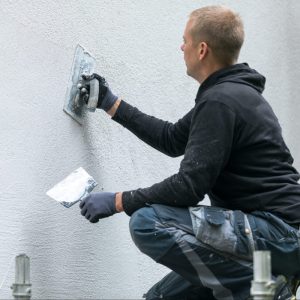
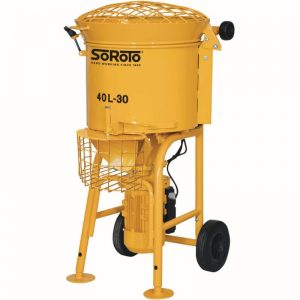
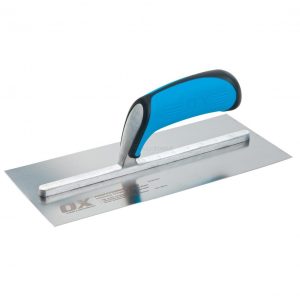

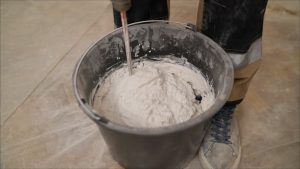
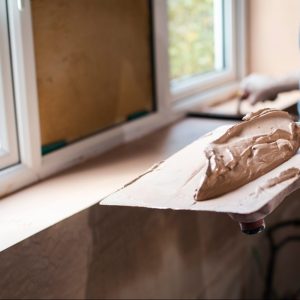
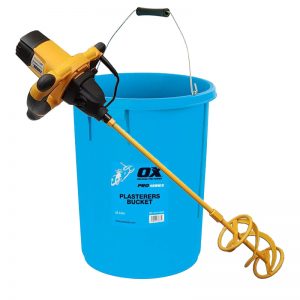
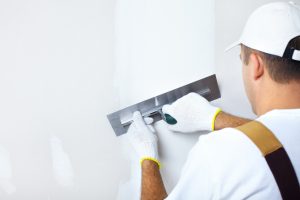
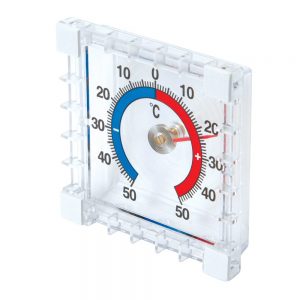
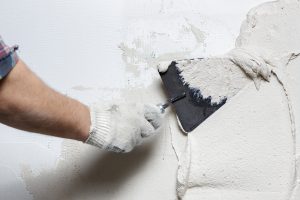
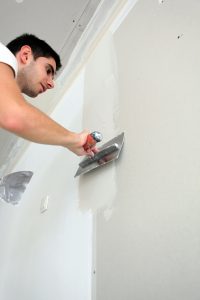
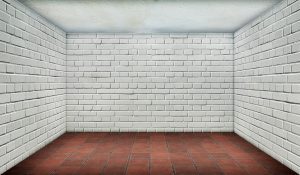
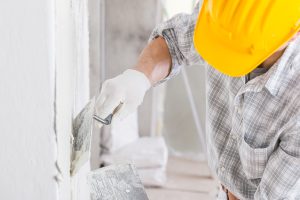
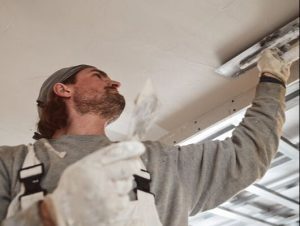
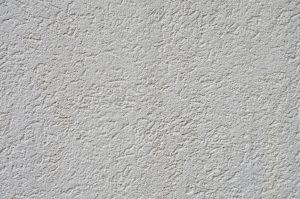
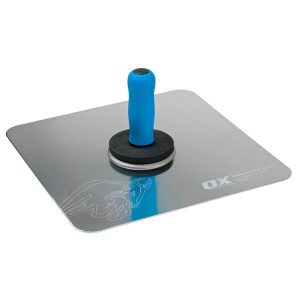
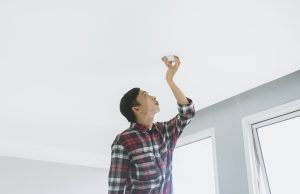
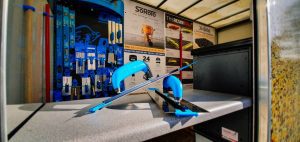
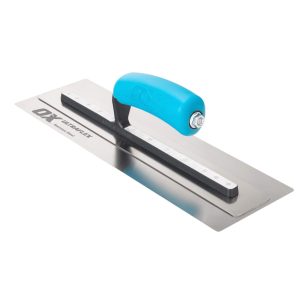
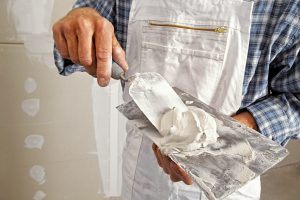
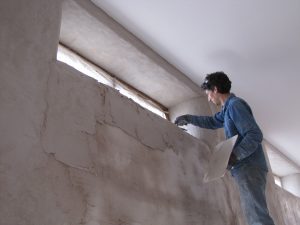
One Response
Love this great tips for beginners will be directing my plastering apprentices to this page 😉